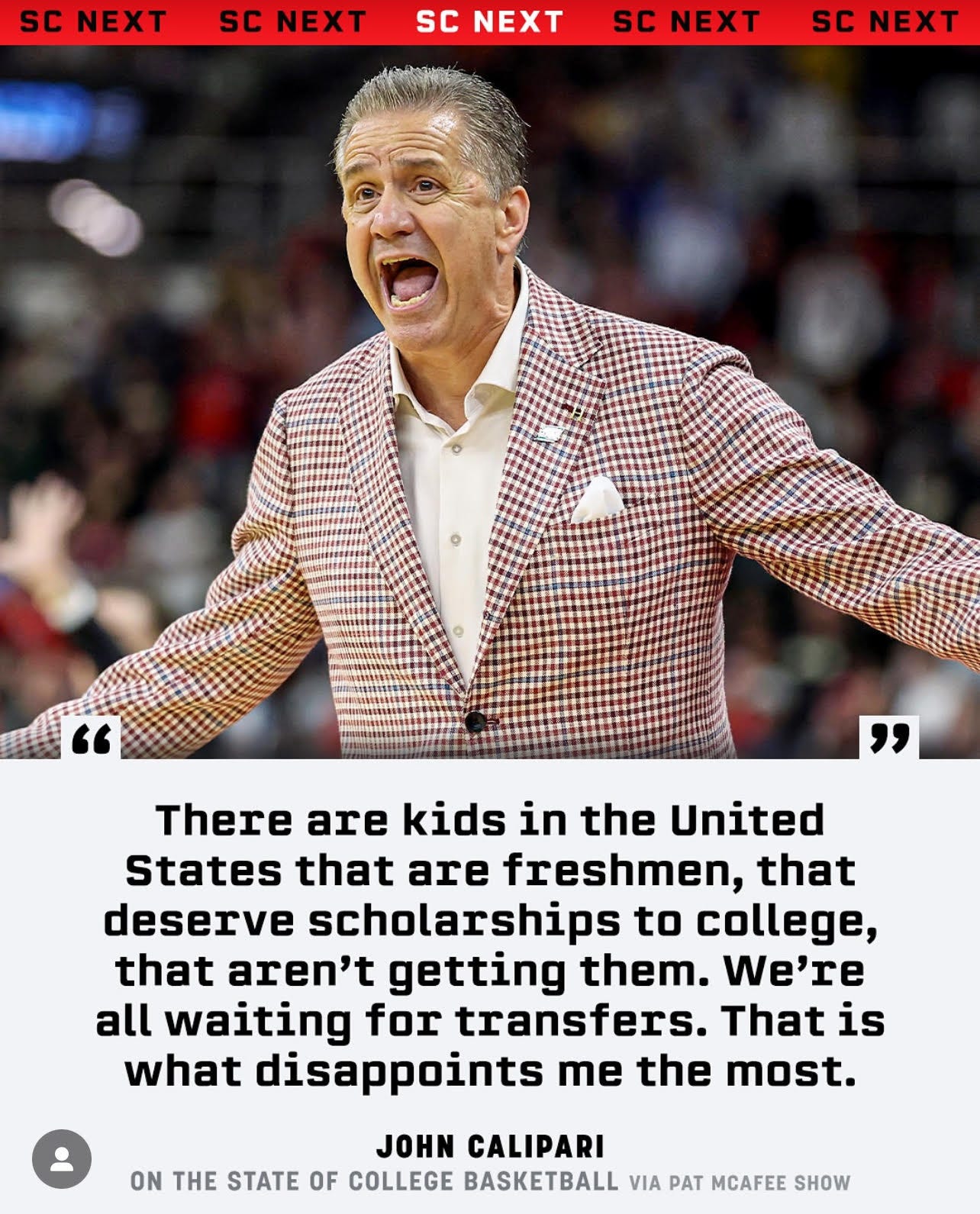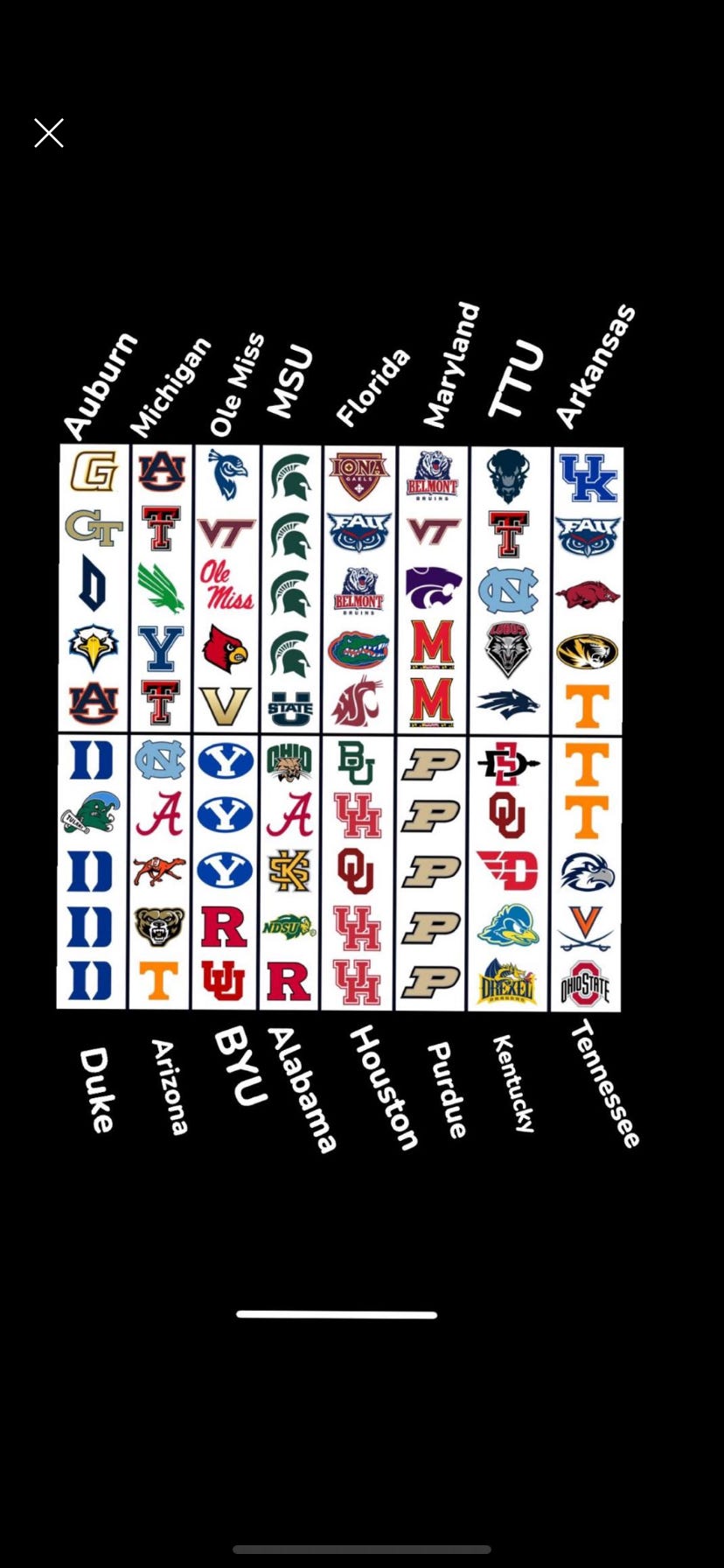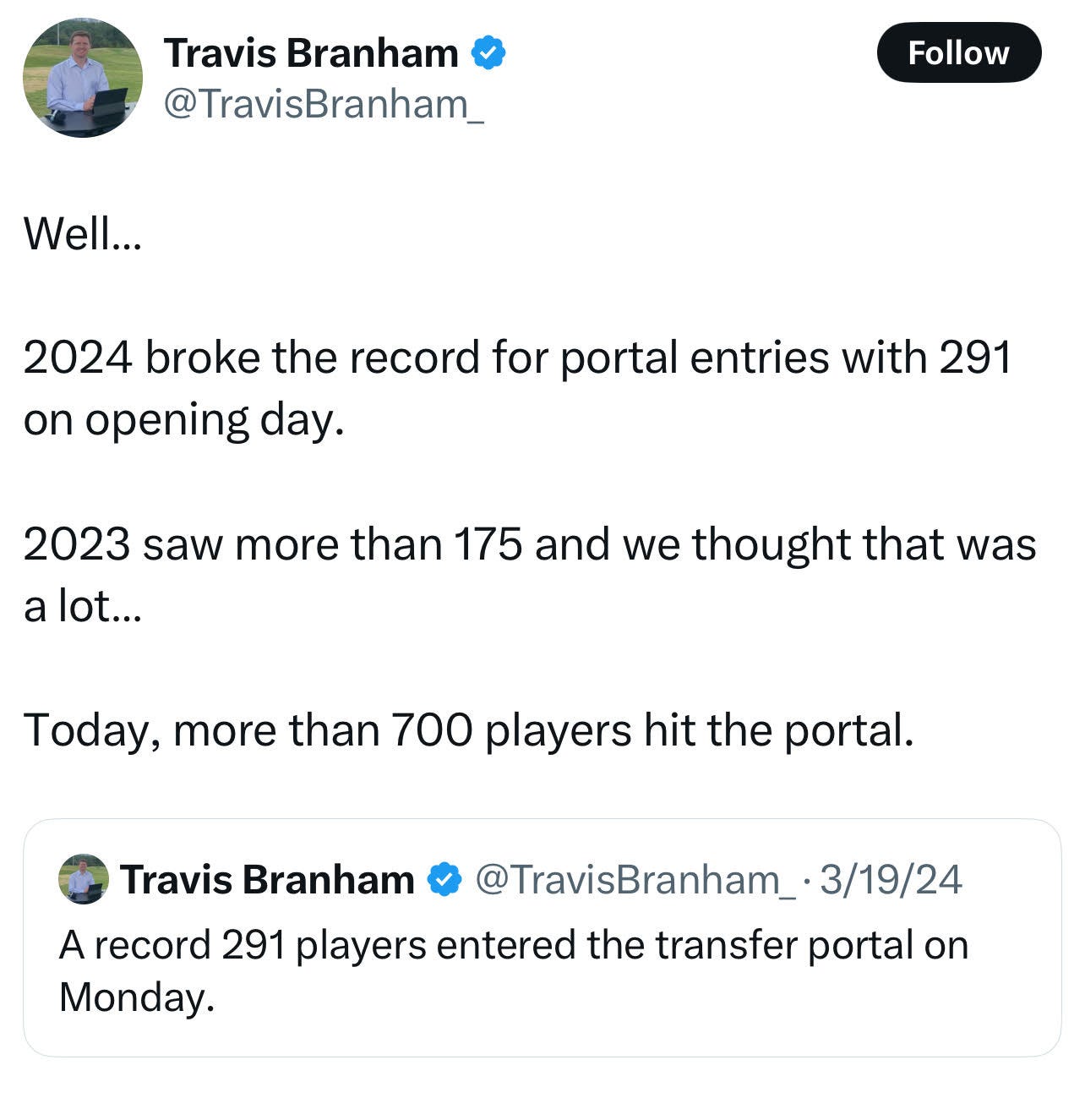From Portal to Purpose: How the Transfer Portal Is Impacting College Basketball
March Madness is here, and I hope your bracket is not busted! Every year promises exciting games, buzzer beaters, great stories, and memorable characters. However, one of the main stories this year has been the activity off the court.
Before 2021, the transfer rules in the NCAA were drastically different. When I played in college, the rule was called the “year-in-residence” rule. This meant that if a player were to transfer, they would have to sit out one year before they could play again. Most of the time, if players still had this option available, they would use their redshirt year to play all four years. Where this rule got tricky is when a player faced some kind of hardship (i.e., injury, bereavement, etc.) that would force them to miss a year, then their redshirt year could potentially be gone. However, since 2021, the new rule states that athletes can transfer multiple times without penalty.
There are positives and negatives to the new rules. The obvious positive, in my opinion, is player empowerment. In the era of NIL, the ability to leave to find a better opportunity for yourself is refreshing. It also allows players to leave a perhaps “toxic environment.” Suppose a player feels uncomfortable with a situation, whether it be from a coach or a teammate, or even the university itself. In that case, they now have the freedom to try to find a better opportunity. For coaches, it also provides opportunities to recruit players with college experience.
On the contrary, the negatives for transferring are just as numerous. For example, Coach John Calapari of the University of Arkansas sounded off about college coaches not recruiting high school seniors anymore.
Also, mid-major teams essentially become a farm system for high-major teams. Notably, 2025 marked the first time since the tournament expanded to 64 teams in 1985 that there were no FCS teams in the Sweet 16. This means that every team left in the tournament going into this weekend is from a Power Four conference. If we take a closer look at the teams that made the Sweet 16, we can truly see the impact of transfers. Check out this image below:
Impact on Athletic Identity
When athletes transfer, it has more impact than just changing uniforms. According to the NCAA, about a quarter of the athletes who enter the portal never find a team to play collegiate basketball again. This doesn’t account for athletes who may start at the Division I level but never find their way back up to that level again. 2025 has seen an unprecedented number of athletes entering the transfer portal. In just one week, more than 1,100 players have entered the portal. The post below shows just how drastic that number is compared to previous years.
The effects of leaving can be drastic. If athletic identity is traditionally defined as how an athlete thinks of themself in relation to their sport, how does that definition change if one fails to find a new home? Does that person still consider themself an athlete? My initial thoughts are that if an athlete thinks of themself solely as an athlete and cannot find a new team, it will increase the rate of foreclosure that the athlete goes through. Unfortunately, there are no systems in place right now that help the psychological toll that these players could go through.
Additionally, the sense of belonging is important for holistic growth in athletes. Establishing new relationships can be difficult in trying to maintain long-term progress. If an athlete's transfer does not result in the desired outcome, it can cause confusion and self-doubt, leading to a crisis of identity and purpose. The discrepancy between expectations and reality can be especially damaging to athletes who have yet to develop a strong sense of identity outside of their sport
Advice for Athletes Considering The Portal
Entering the transfer portal is a major decision that can affect not only your basketball career but also your personal growth and athletic identity. Here are some practical tips for athletes who are contemplating a transfer:
Reflect before making any decisions
Try not to make an emotional decision. Consider and take the time to understand why you want to transfer. Is it due to lack of playing time, a desire for better NIL opportunities, or frustration with your current situation? Write down your reasons and evaluate whether transferring will truly address those issues.
Think about life beyond basketball
When considering a new program, research the school’s academic support, coaching philosophy, mental health resources, and overall culture. Ask yourself if the environment will support your growth beyond basketball.
Don’t do this alone
This is a major decision. Speak with mentors, coaches, family members, and trusted advisors. Getting a variety of perspectives can help you make a well-informed decision.
Conclusion
Admittedly, I am biased in this conversation. I stayed in the same program for my entire career. I was able to reap many benefits because of this, including the role that I am in now. I developed relationships over time, and fortunately, it paid off for me. I do understand the need and want to leave programs for various reasons. I think that building long-term relationships and resilience can be the most helpful tools that an athlete can have at that stage in their life.
What do you think about the transfer portal? This article was mainly aimed at the athlete's perspective. There are also other viewpoints to consider, such as the coach and athletic programs. Let me know what you think!
Thank you so much for reading. I have been loving the conversations that I have been having with some of you over the last couple of months. Please like and share!






